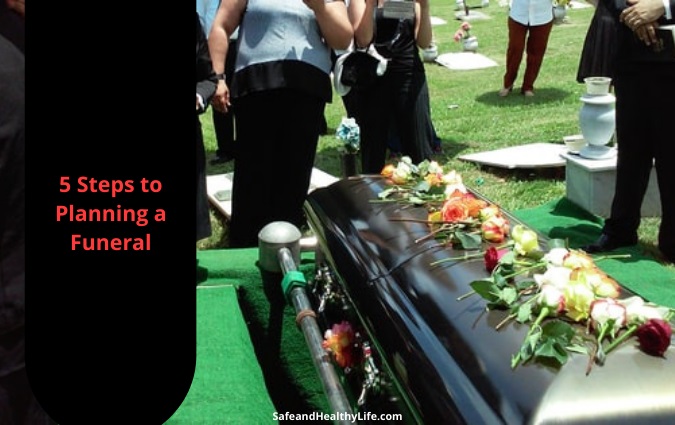
Death and dying is a topic that most people avoid and it’s completely understandable if there is a sense of overwhelm when it comes to preparing for a funeral.
Depending on the level of preparation before a loved one’s passing there may be many details to attend to when organizing a funeral.
If you’ve chosen, or have found yourself in the position, to be an end of life organizer you might be wondering how to plan a funeral.
1. Source Information
Did your loved one have a plan?
First, identify if the deceased has legal representation for their passing.
They may have already dictated prearrangements ahead of time. If this information is unknown or unavailable to you, reach out to those nearest to your deceased loved one.
They will likely be able to assist, which can potentially provide emotional support while you continue to plan.
2. Leverage Finances
Just like death, finances are a part of life. Find out if your loved one set aside funds for their funeral.
Locate their will or determine if they took out life insurance. Funerals can be expensive. Pre-dedicated funds may include covering the funeral home, casket, urn, embalming, service, and so on- but may have left out small details that bring personality to a service.
Like flowers, catering, and other small yet meaningful details. If finances are an issue there are funeral loans available, affordable solutions, and crowdfunding platforms that can be of aid during this time of planning. You can also alleviate costs by requesting visitors to bring flowers, food, etc.
3. Decided on Disposition
Disposition is how your loved one’s body will be remembered or released. Traditional options include burial in a grave plot or cremation. There are other options as well, such as:
- Anatomical Donation – refers to the practice of “donating the body to science.” There are whole-body donors and organ donors. A whole-body donor will release their body for study in medical or scientific research while an organ donor donates their organs to be of use. Your loved one would have arranged this through paperwork if this was their wish.
- Green Burial – this has become an increasingly popular option over the years. Green burials are considered ethically friendly to the environment by utilizing pine, bamboo, or hemp caskets that are easily biodegradable.
- Burial at Sea – typically performed by navies, but is practiced among by citizens alike.
Once you’ve determined the means of disposition, you can begin to coordinate with a funeral director- deciding dates and other practical arrangements – which casket to choose, the burial plot, and where to hold the service.
4. Personalize
When planning a funeral it is helpful to reframe and embrace that this is an opportunity to celebrate life. Personalizing the service allows planners to remember their loved ones and tap into your (and their) senses.
What music did they love?
Did they possess charming idiosyncrasies that you can embrace through decore or details?
Do you have a friend or family member that can prepare a beautiful eulogy to share at the ceremony?
The loss will always be painful, but the best funeral, well, embrace the fun.
5. Be Compassionate with Yourself
Planning a funeral is not an easy task. You may feel pressured to go about arranging on your own, foot a financial burden, or continue planning when you’ve reached a breaking point.
Ask for assistance. There is always help available- whether that be from friends, family, or even a company that specializes in making this process just a bit easier.
Take time to grieve and honor yourself as you are honoring your loved one.
About The Author:
Mike is a health editor with a degree in Journalism and Social Communications, currently writing for several USA & UK publications. He is specialized in articles around health tips, workout plans, and other nutrition-related topics. His main aim is to help health charities to raise awareness on campaigns about misunderstood or commonly misdiagnosed conditions.



![[Infographic] What Steps to Take After a Car Accident Infographic](https://www.safeandhealthylife.com/wp-content/uploads/2017/03/Infographic.png)
